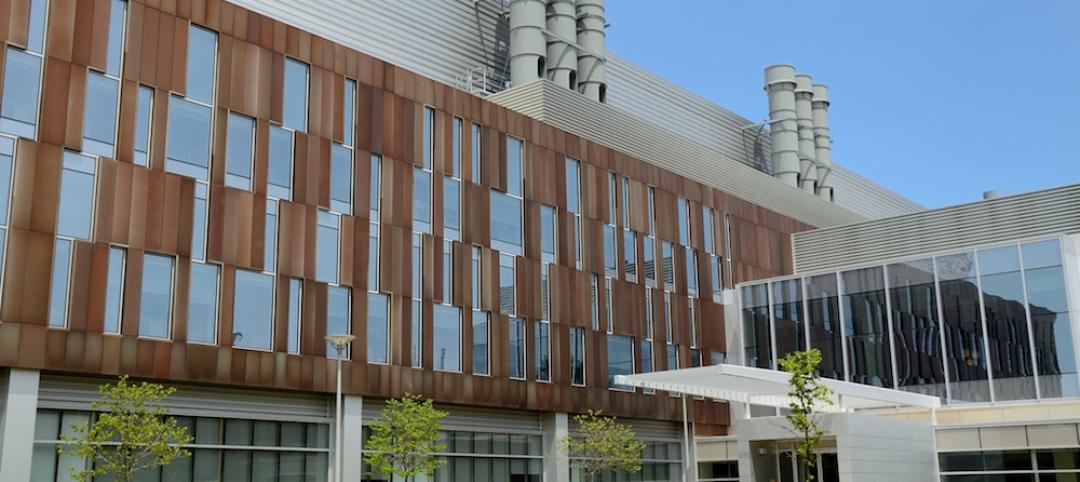San Francisco recently announced a plan that would require its largest private commercial buildings to run on 100% renewable electricity.
The first such requirement in the U.S. would be phased in next decade. By 2022, commercial buildings over 500,000 sf would have to meet the requirement. Two years later, buildings larger than 250,000 sf would fall under the rule. By 2030, all commercial buildings over 50,000 sf would have to comply.
San Francisco’s requirement is expected to reduce 21% of emissions from commercial buildings by 2030. That year, the goal is for the entire city to run on 100% renewable electricity. Almost half of the city’s emissions come from buildings, with half of those emissions coming from commercial buildings.
The city’s Board of Supervisors will debate the issue next month. City officials do not expect property owners to fight the plan.
Related Stories
Codes and Standards | Jul 5, 2016
State legislature fails to pass law to extend design-build for New York City projects
Would have allowed five city agencies to use alternate delivery method.
Energy | Jun 30, 2016
Energy Department partnership with CoStar Group will study sustainability impact on property valuation
Database will offer rich data set on energy-efficient buildings in the U.S.
Contractors | Jun 30, 2016
Chicago contractor found guilty of fraud on city’s requirement on minority-owned businesses
Alleged to have been sham business in bid to win city public works contract.
Codes and Standards | Jun 29, 2016
OSHA starts evaluation of construction industry noise standards
New studies indicate significant number of construction workers suffer hearing loss.
Seismic Design | Jun 28, 2016
ASTM International updates seismic risk standards
Expected to improve consistency of risk evaluation on commercial real estate transactions.
Codes and Standards | Jun 17, 2016
Feds publish framework for evaluating public-private partnerships
No single factor determines whether a project yields stronger benefit as a P3.
AEC Tech | Jun 17, 2016
Driverless cars could soon start impacting commercial, retail project design
Offsite parking and more space for valet parking lines are among the foreseeable changes.
Codes and Standards | Jun 17, 2016
Bay State moves toward single BIM protocol on state projects
Massport’s guidelines a step forward for integrated BIM initiative.
Multifamily Housing | Jun 14, 2016
San Francisco voters approve tougher affordability requirement on new housing development
Critics charge that the measure may backfire and actually reduce new affordable units.
Concrete | Jun 13, 2016
American Concrete Institute releases new Guide to Shotcrete
Includes information on application procedures, testing.
















